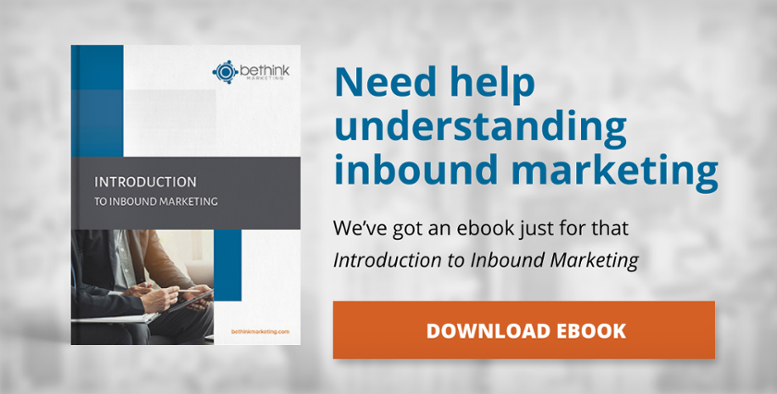
Having several positioning statements for your business could be a game changer in the way that they sell. They are great to open a conversation about how you can help your prospects and leads.
The most basic explanation that I could give as to what a positioning statement is would be that its purpose is to simply state a pain point that your buyer persona could be facing and ask them if it is applicable to them.
Here are the 4 components to developing a competitive positioning statement
1) Who you are helping2) What the buyer persona is trying to achieve
3)What is frustrating them or causing them pain that is stopping them from achieving their goals?
4) A question to validate if the pain point is applicable to them.
Here is an example:
We help 1) Busy CEO’s who want to 2) invest in a real estate property but are 3) frustrated that they don’t have time to do all the due diligence. 4) Does this sound like you?
Notice that the example positioning statement does not include or mention your solution. That’s because positioning statements are meant to focus on your buyer and not yourself.
You need to first identify if your help is needed. There is no point of spilling out your offerings and the details of what you do if the stated pain points do not resonate with them.
Also, it may seem unusual to ask a question to validate if the positioning statement resonates with them but this is needed to steer the conversation in a direction where the sales process could move forward to the next stage.
How to come up with positioning statements that works for your business.
Let's put some context here by taking a financial services company as an example. You need to first identify what pain points and challenges your investment solutions could help solve. This could be easier said than done.
Most financial service firms would start by listing their investment products and state the results that they provide.
For example: we offer mutual funds that will generate above average return than the market.
However, for a positioning statement to work, you need to focus on what truly frustrates them or what is bothering them.
For example: We help investors who are frustrated that they have invested a ton of money in mutual funds but are not getting the returns that they hoped for.
See the difference? This comes down to stating why you do what you do rather than how or what you do. That is how your positioning statements will speak volumes and stand out from other investment companies.
Building More Than 1 Positioning Statement
Having more than 1 positioning statement will help you clearly identify the right people for your services. As your persona may have several pain points, you may need to bring up one that is most urgent to them at the very moment that you talk with them.
Therefore, you need to be ready to have several positioning statements. We suggest to be prepared with 3, which we believe is sufficient to identify if your help is the right fit for the person you’re speaking to.
If you keep going after the third, you may start sounding like you are trying too hard to come up with a fit with the potential client which could lead them to think that you are focused on selling rather than helping. This is why sticking with 3 positioning statements can be used as a good guideline in helping you find the right prospects while still coming across as genuine and relatable.


Let Us Know What You Thought about this Post.
Put your Comment Below.